Predictive Maintenance: The Smarter Alternative to Costly Reactive Repairs
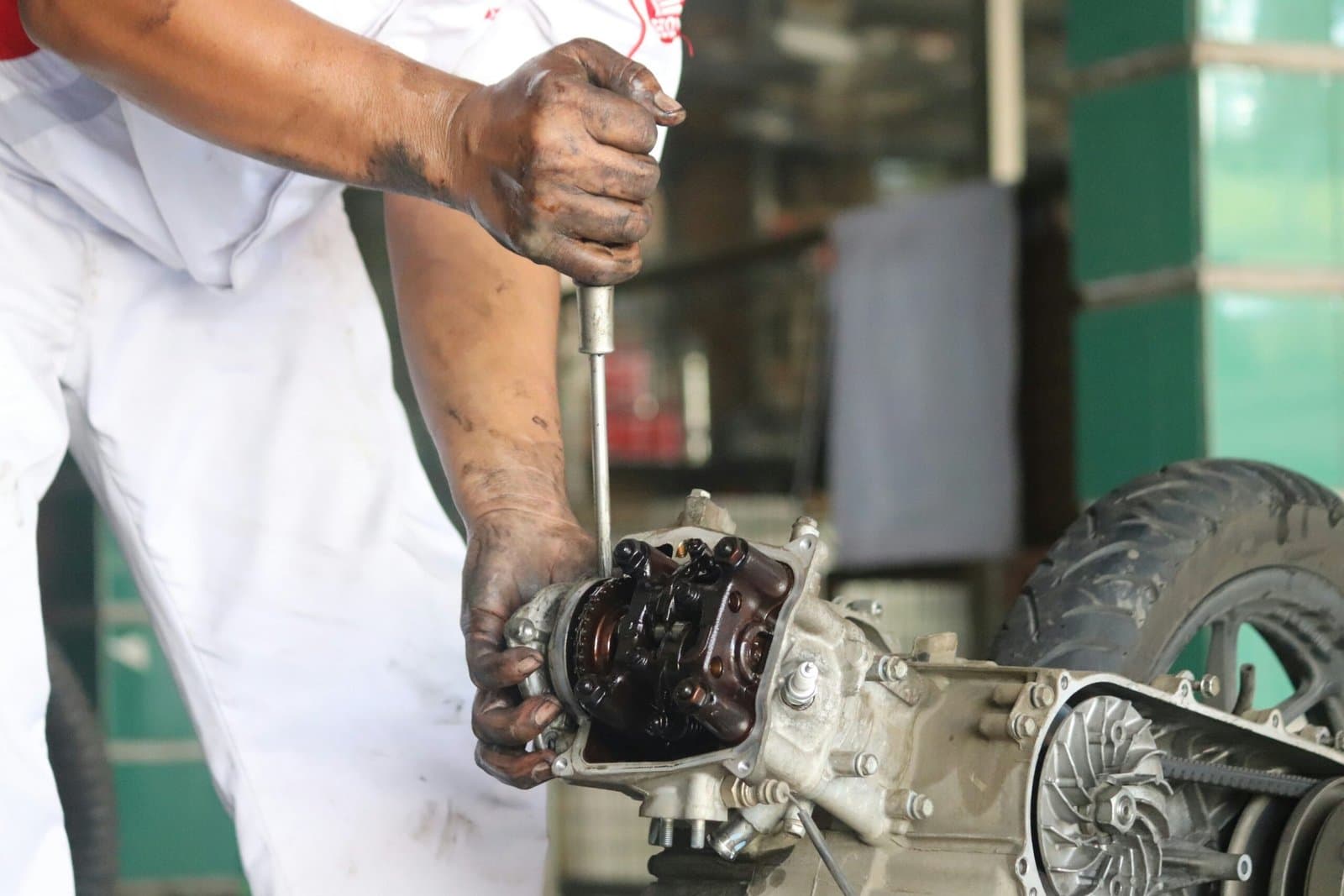
In every industry, from manufacturing to energy, leaders face the same question: do we wait for machinery to fail, or do we act before it happens? The difference between predictive maintenance (PdM) and reactive maintenance isn’t just about timing, it’s about money, safety, and operational resilience.
While some organizations still rely on the “fix it when it breaks” mindset, the hidden costs of reactive maintenance are staggering. Unplanned downtime, emergency repair premiums, and lost production can far outweigh the upfront investment in predictive strategies. In fact, studies by the U.S. Department of Energy show that predictive maintenance can reduce downtime by 30–50% and lower maintenance costs by 8–12%.
For decision-makers, the choice is clear: predictive maintenance is not an expense, it’s a business safeguard.
The True Cost of Reactive Maintenance
Reactive maintenance, waiting until equipment fails, may appear cost-effective on paper. No investment in sensors, no condition monitoring tools, no extra training. But this short-term saving often explodes into long-term losses.
Common costs of reactive strategies include:
-
Unplanned Downtime: Industry estimates place downtime costs between $5,000 and $25,000 per hour, depending on the sector. In high-volume manufacturing, that figure can skyrocket past $100,000 per hour.
-
Emergency Repairs: Parts ordered on rush timelines can cost 2–5x more than planned procurement. Emergency technician labor also comes at premium rates.
-
Lost Production and Revenue: An idle machine doesn’t just waste labor—it delays customer orders, damages reputation, and erodes trust.
-
Collateral Damage: A catastrophic breakdown can harm adjacent equipment, compounding the repair bill.
When added together, the cost of “just waiting” almost always outweighs the investment in predictive maintenance.
Predictive Maintenance: Smarter, Safer, and More Profitable
Predictive maintenance leverages condition-monitoring technologies and analytics to anticipate equipment failure before it occurs. Instead of reacting to breakdowns, businesses can schedule interventions at the optimal time, minimizing disruption and costs.
Core PdM techniques include:
-
Vibration Analysis – Detects imbalance, misalignment, or bearing wear before failures escalate.
-
Infrared Thermography – Identifies electrical hot spots and mechanical friction points invisible to the eye.
-
Ultrasound Testing – Pinpoints leaks, arcing, and early-stage bearing faults.
-
Oil Analysis – Tracks contamination, viscosity, and wear particles that indicate mechanical degradation.
-
Motor Current & Power Quality Analysis – Monitors electrical health of motors and drives.
By applying these tools, companies gain real-time visibility into asset health, extending equipment life and increasing reliability.
ROI: Making the Numbers Work
Executives often ask: How much will this cost me, and what do I save? The ROI of predictive maintenance is easier to prove than many realize.
A simple formula is:
Cost of Downtime × Probability of Failure – PdM Program Costs = Net Savings
Example:
-
Average downtime cost: $10,000/hour
-
Typical failure duration: 8 hours
-
Probability of failure in one year: 50%
-
PdM program investment: $60,000/year
Without PdM: $10,000 × 8 hours × 0.5 = $40,000 loss
With PdM: Avoided $40,000 loss – $60,000 investment = Net gain when accounting for avoided collateral costs, better scheduling, and reduced emergency spend.
In real-world applications, PdM typically delivers a 4–10x return on investment.
Overcoming Common Objections
Despite clear benefits, some organizations hesitate to adopt PdM. Here’s why those concerns don’t hold up:
“Predictive Maintenance Is Too Expensive”
While PdM requires upfront investment, the payback comes quickly. Consider just one prevented breakdown: avoiding a $100,000 downtime event easily justifies the cost of monitoring tools.
“Our Assets Are Too Old (or Too New)”
-
Old Assets: PdM is most valuable where failure risk is high. Monitoring aging equipment provides a safety net.
-
New Assets: Even modern machines benefit from early visibility. Hidden defects or improper installation can cause unexpected failures.
“We Don’t Have Enough Data”
Predictive maintenance can begin small. Start with a handful of critical assets, collect baseline data, and expand over time. Modern systems, including IIoT sensors and cloud platforms, make data collection easier than ever.
A Mini-Case Example
A mid-sized packaging facility relied on reactive maintenance for its conveyors. One unexpected gearbox failure halted production for 36 hours, costing the company nearly $500,000 in downtime and rush shipping fees.
After implementing vibration and oil analysis on their critical conveyors, the facility identified early bearing wear in another gearbox. Repairs were scheduled during planned downtime at a cost of $20,000, preventing another half-million-dollar loss.
Predictive maintenance didn’t just save money; it safeguarded customer contracts and strengthened long-term trust.
Checklist: How to Start with Predictive Maintenance
-
Identify Critical Assets – Focus first on equipment whose failure would cause the most disruption.
-
Select Monitoring Tools – Choose PdM methods suited to your assets (vibration, thermography, oil analysis, etc.).
-
Set Baselines – Record normal operating conditions to spot deviations.
-
Leverage a CMMS – Integrate PdM insights into your Computerized Maintenance Management System for streamlined scheduling.
-
Train Staff – Ensure maintenance teams understand both the technology and the why behind PdM.
-
Scale Gradually – Expand the program once early results demonstrate value.
Conclusion: Stop Paying for Breakdowns
Waiting for equipment to fail isn’t just inefficient, it’s the most expensive mistake a business can make. Predictive maintenance empowers decision-makers to reduce downtime, control costs, and extend equipment life while boosting productivity and safety.
The question is no longer can you afford predictive maintenance? It’s can you afford not to?
Contact APS Industrial Services today to explore how predictive maintenance can protect your bottom line and your reputation.
Newsletter
Don't miss a thing!
Sign up to receive daily news
Recent Posts
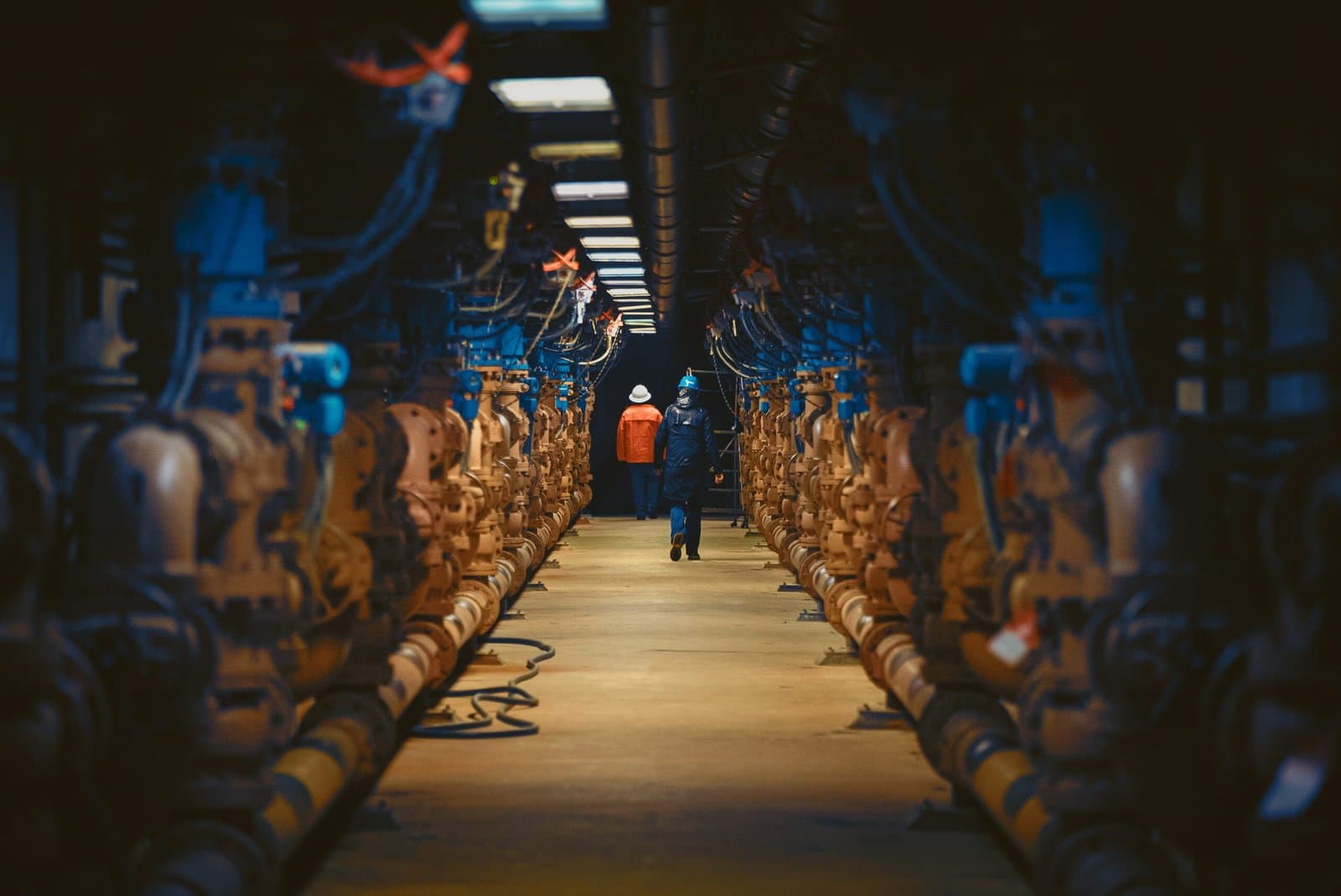
august 30, 2025
Decommissioning a Facility: How to Turn It into a Profitable Venture
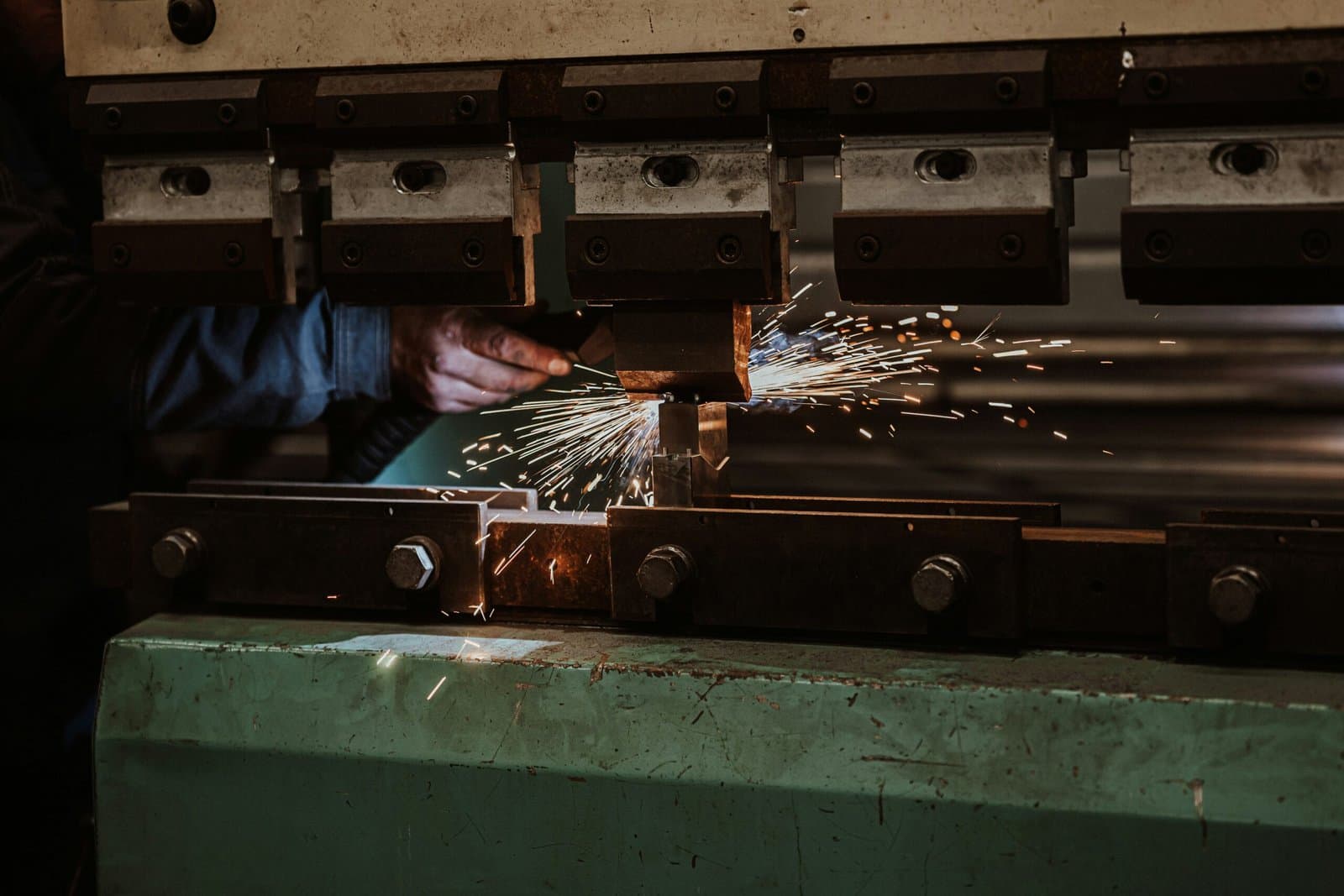
august 25, 2025
Hydraulic Press Maintenance 101

august 18, 2025
Rigging Machinery: The Challenge of Moving and Installing Outdated vs. Modern Equipment
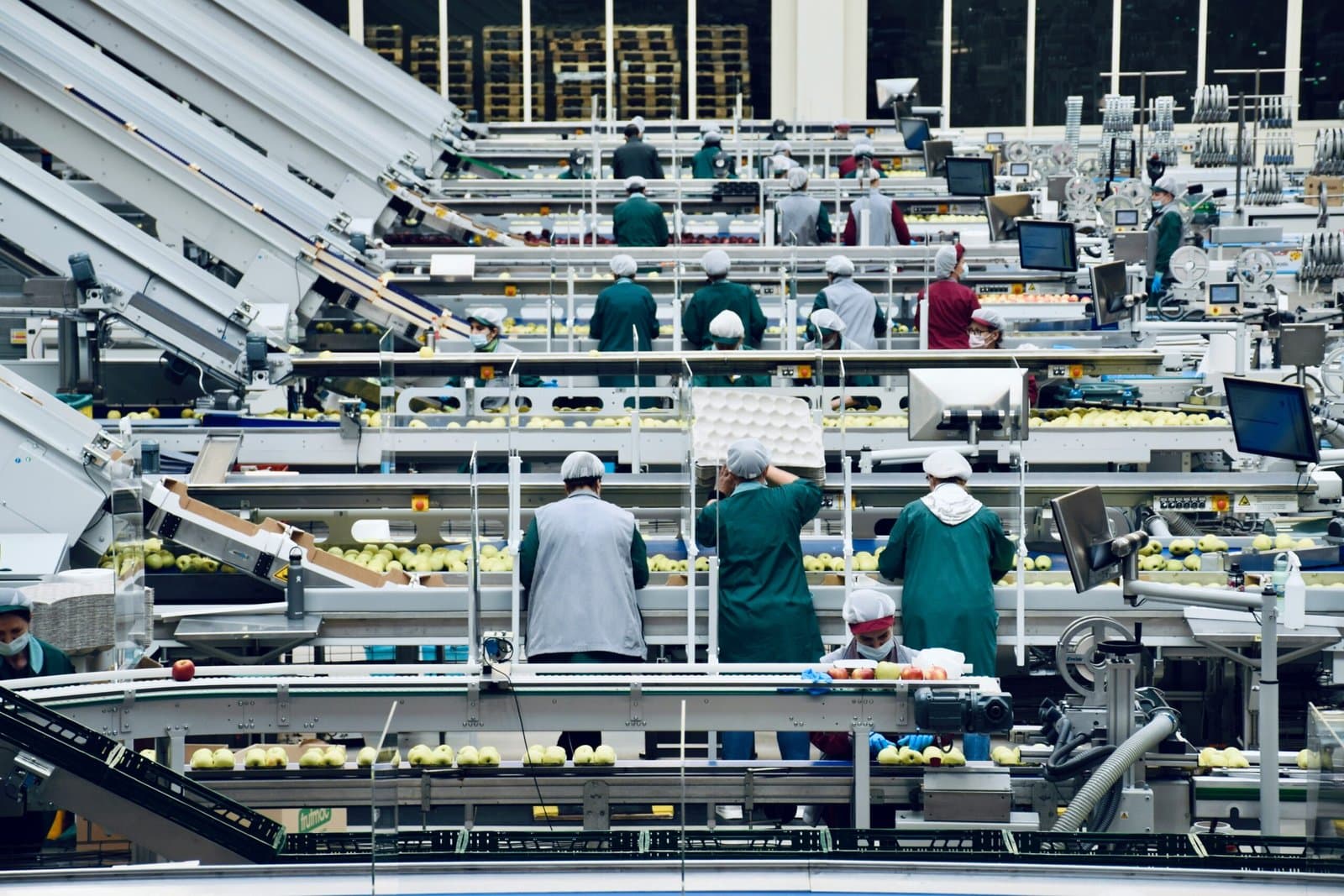
august 16, 2025
Conveyor System Maintenance: 5 Early Warning Signs of Failure
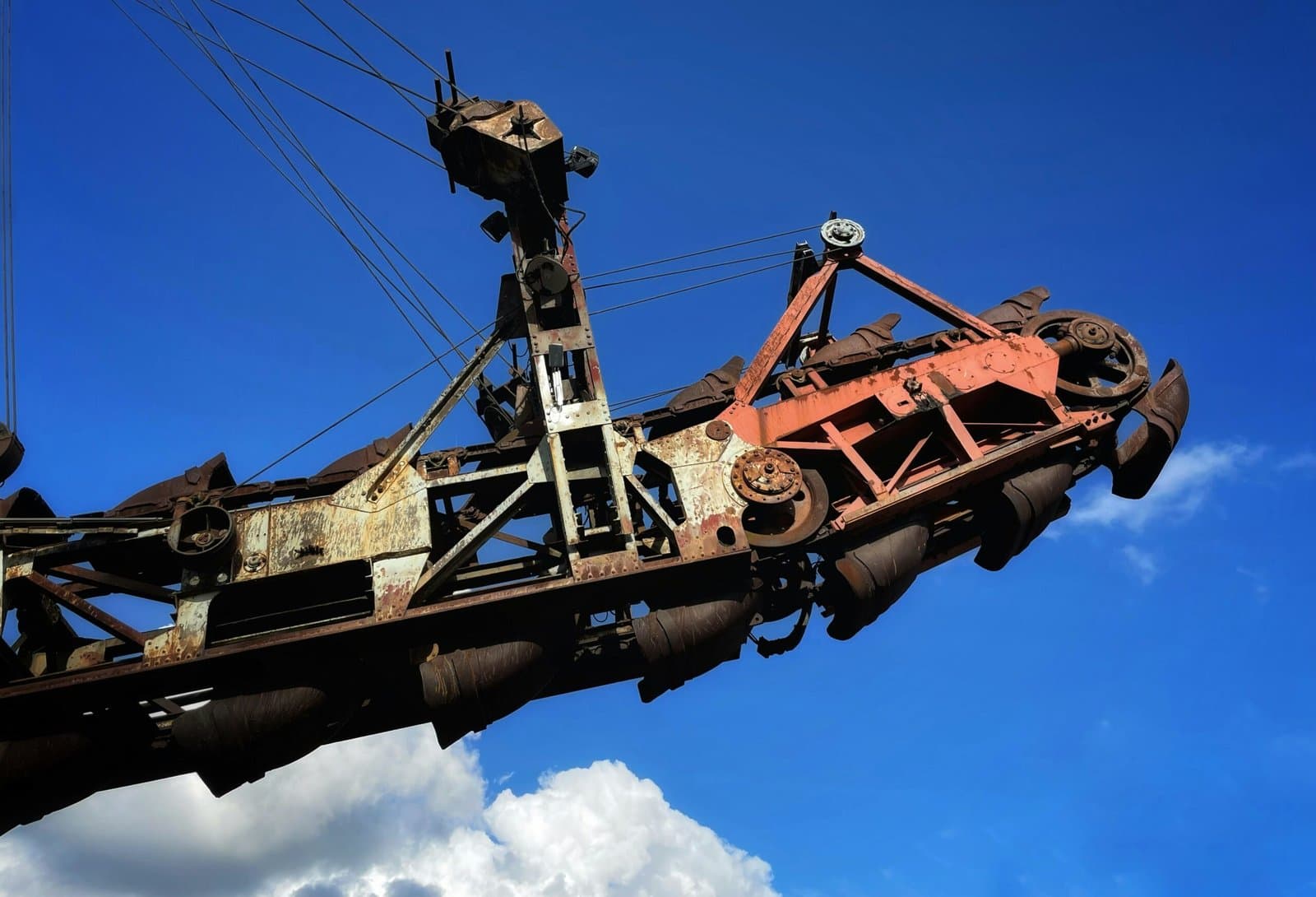
august 11, 2025